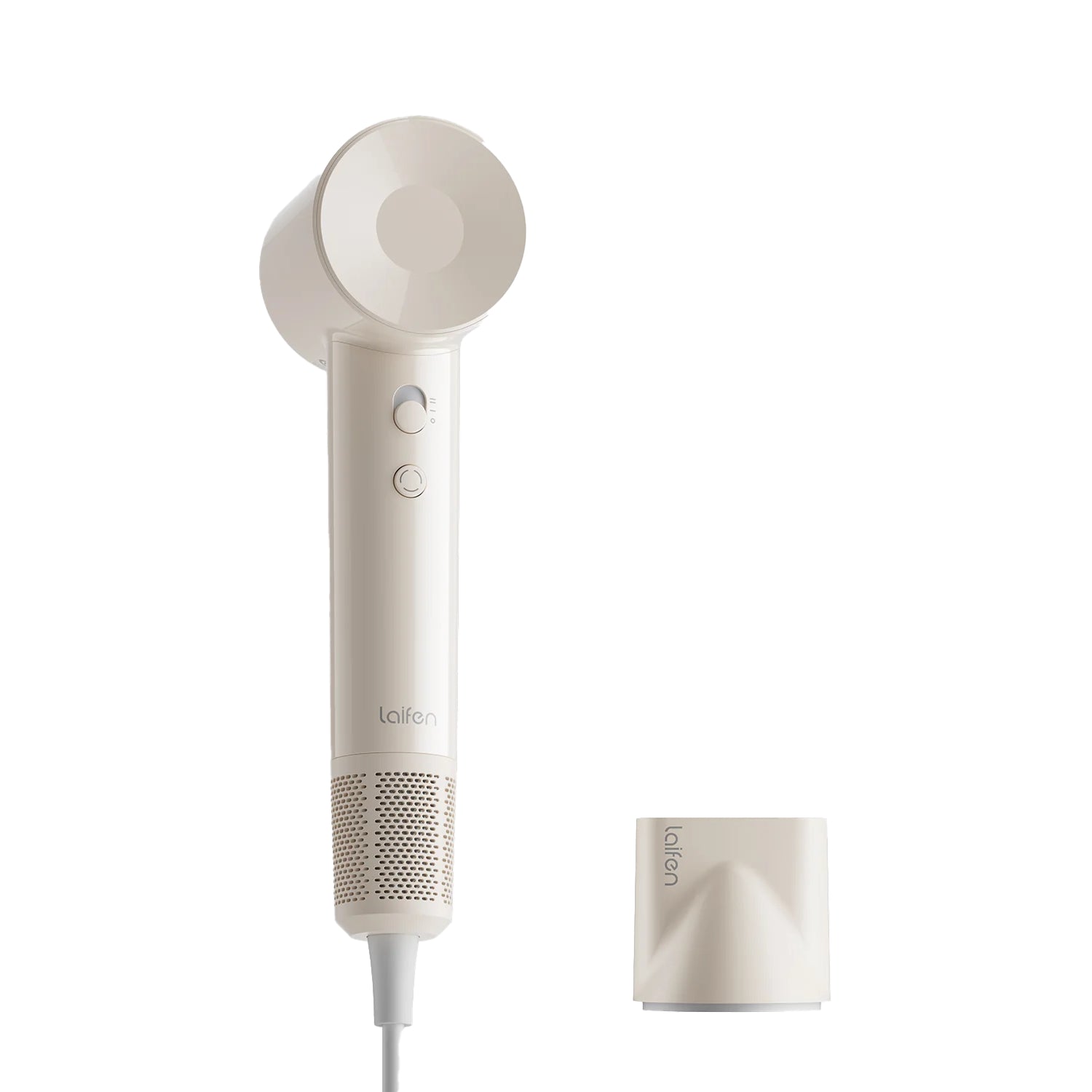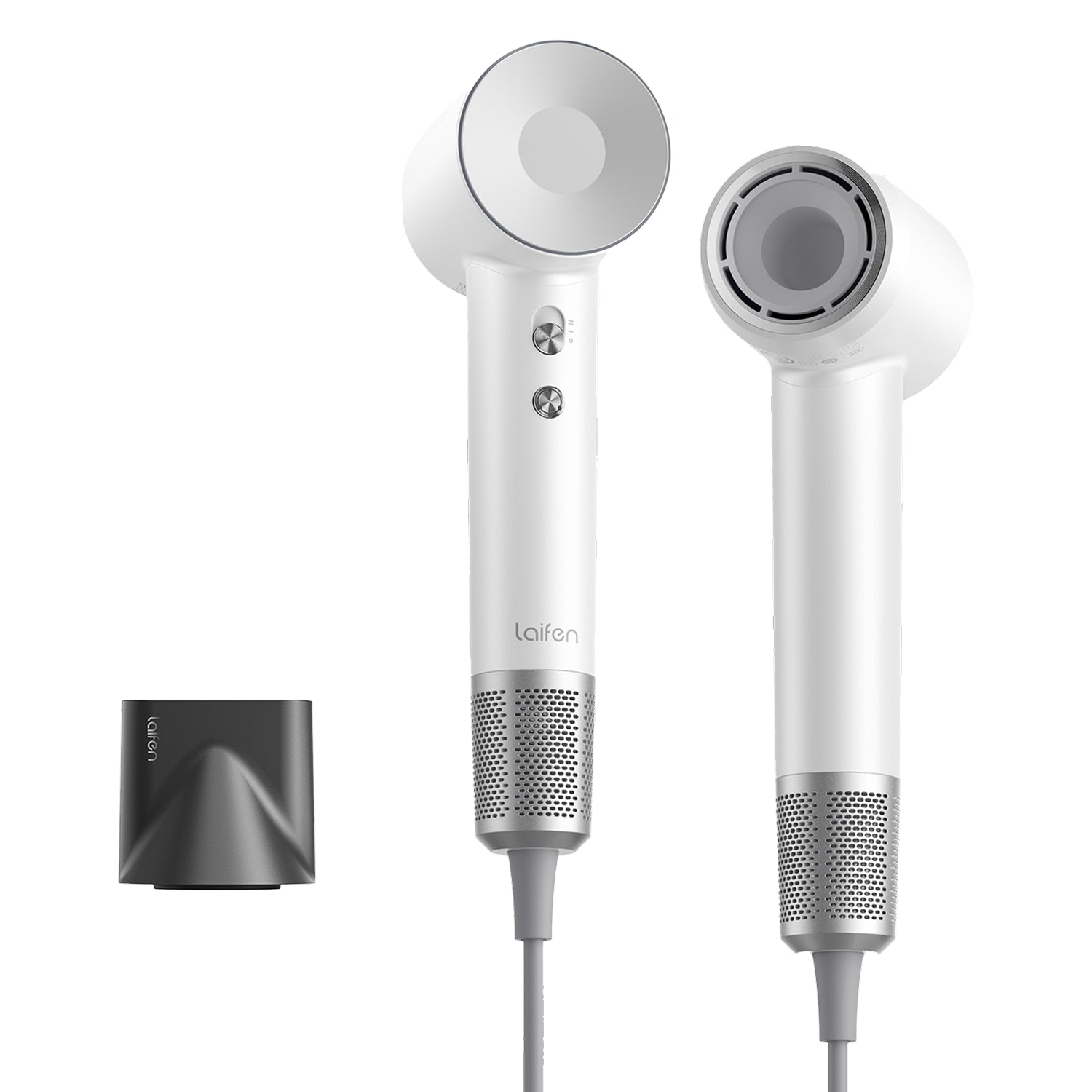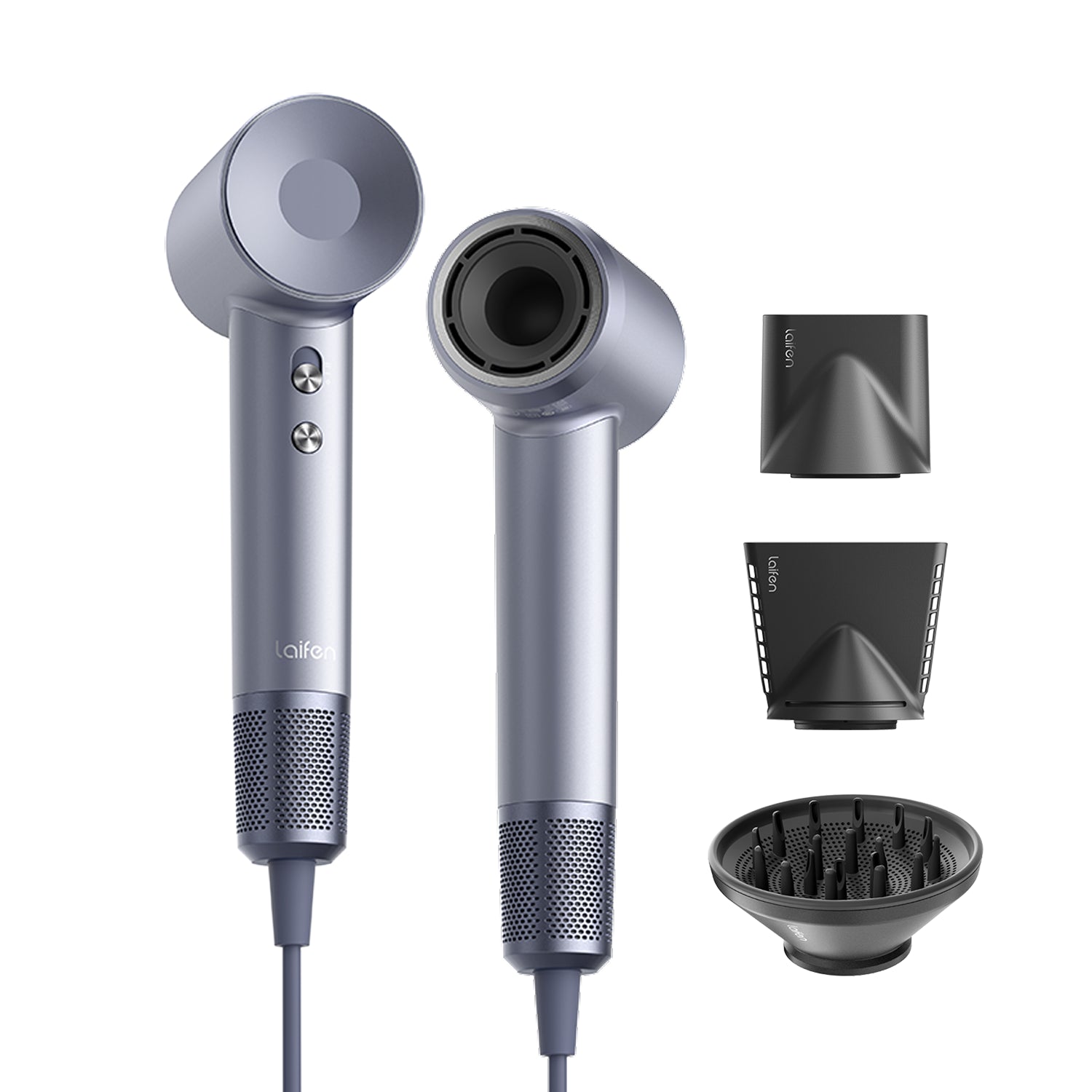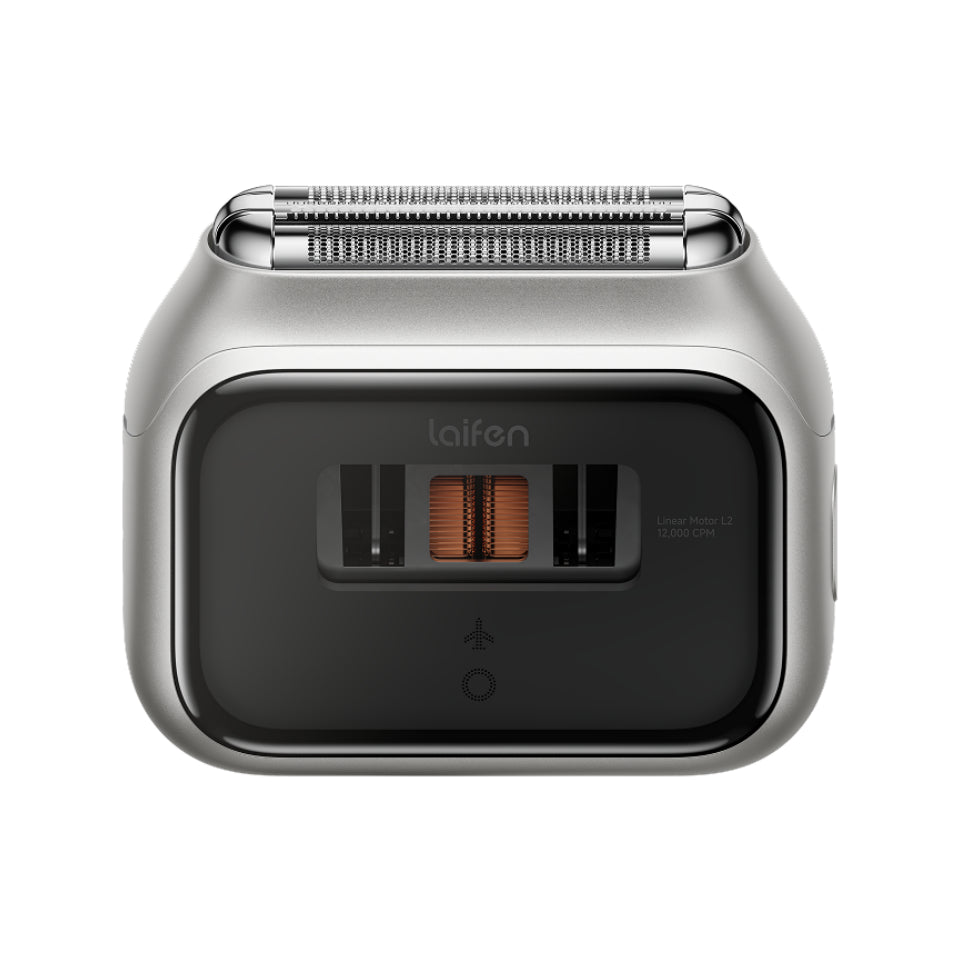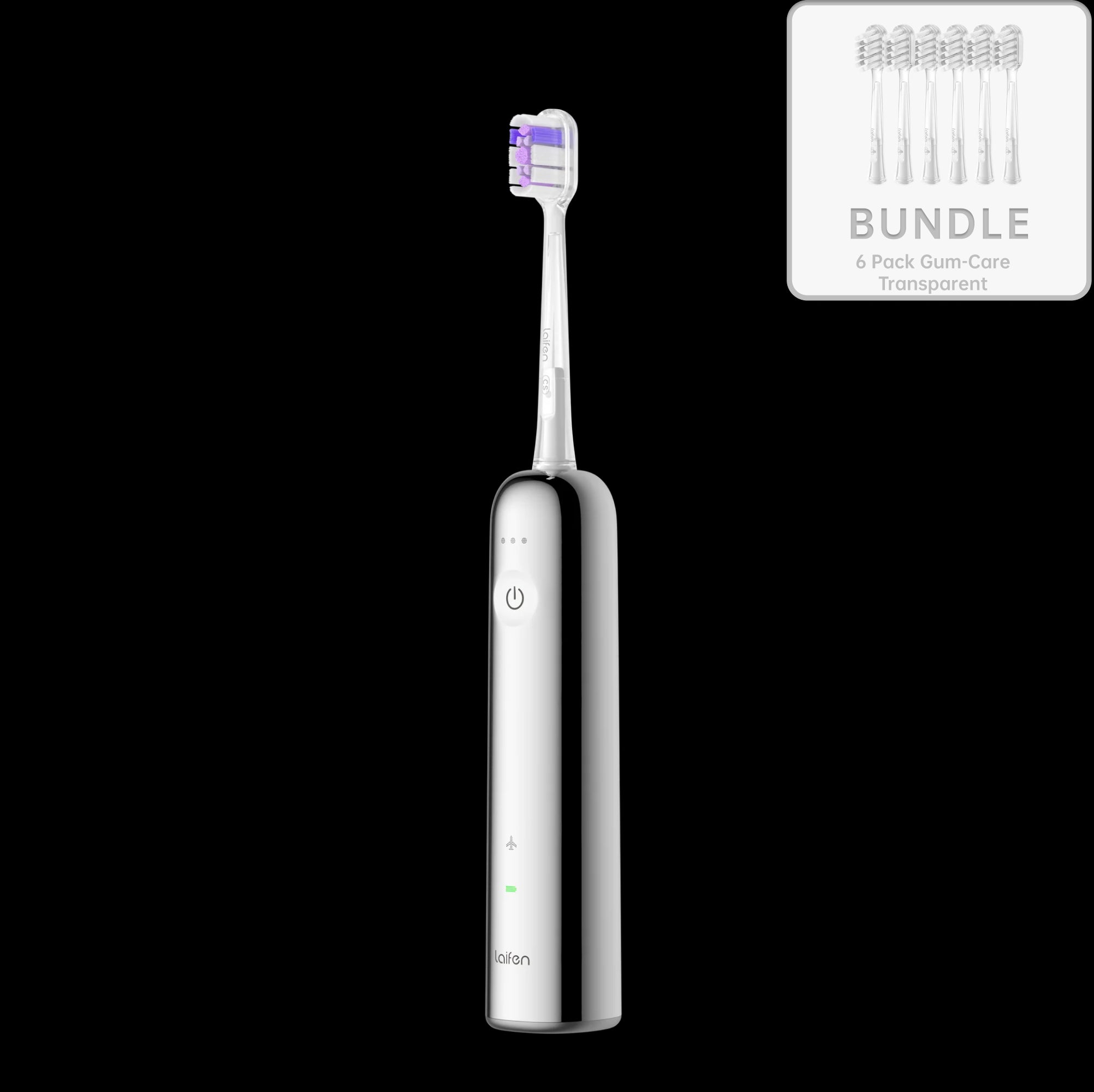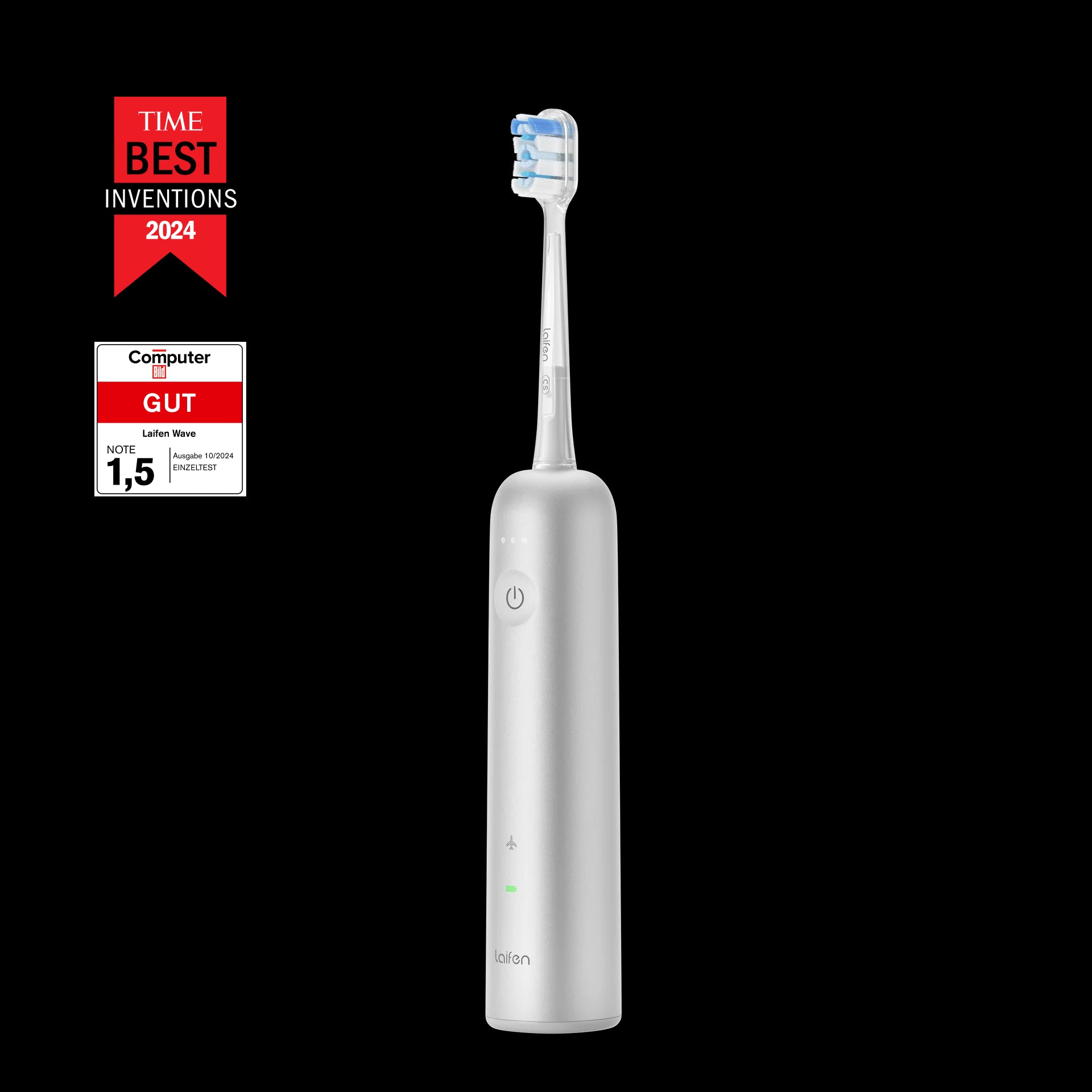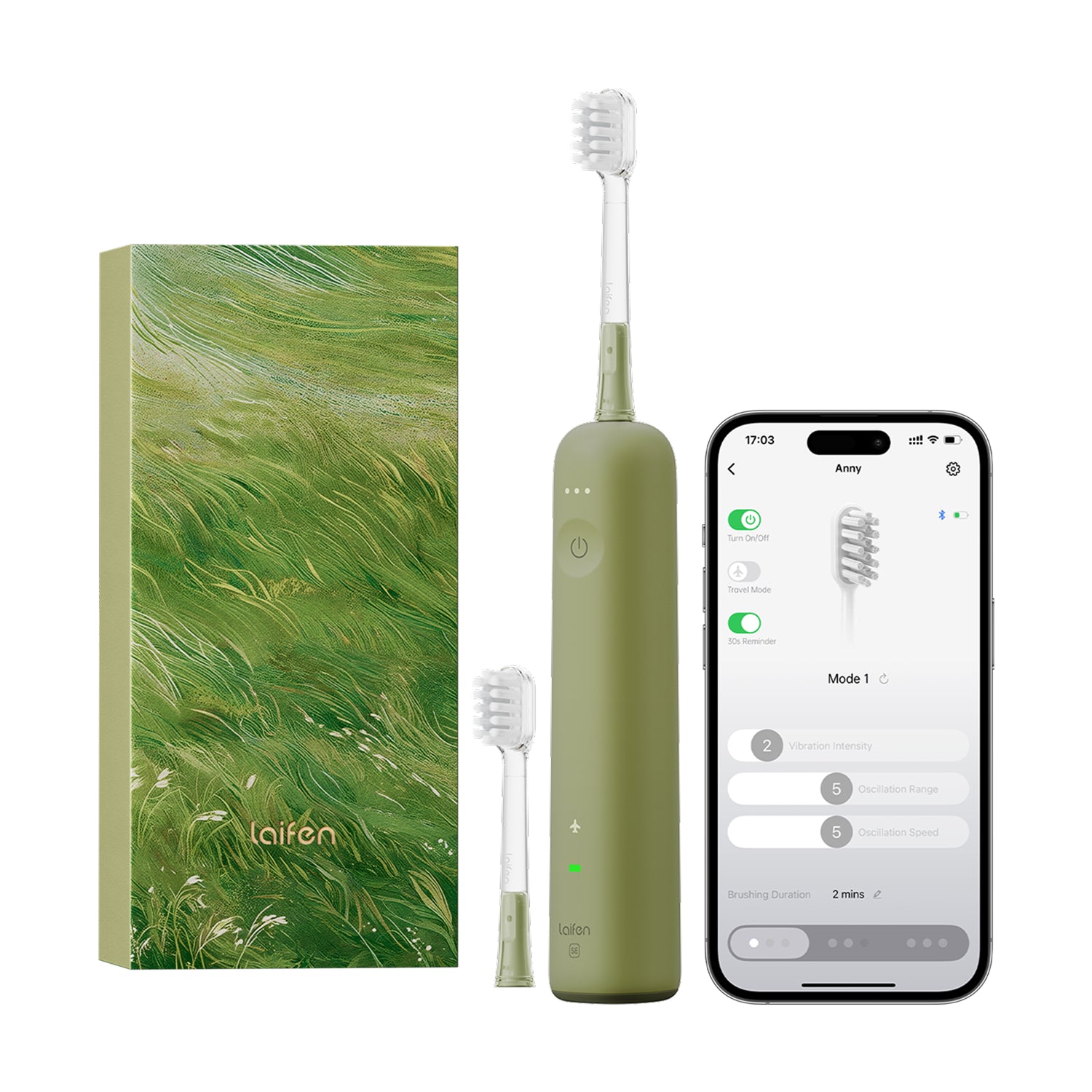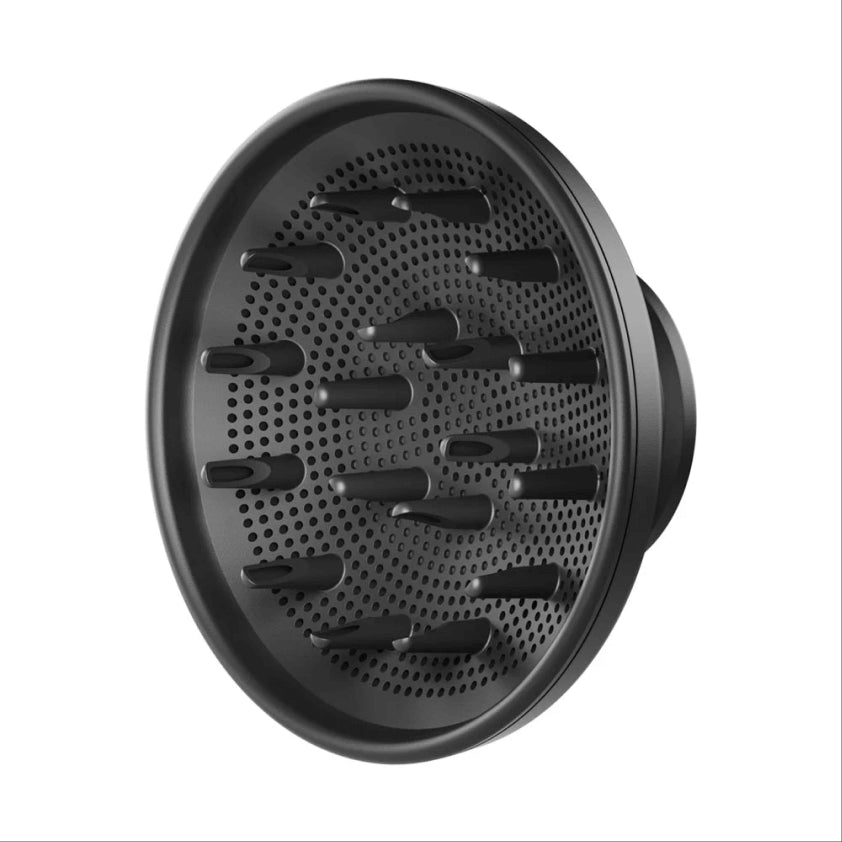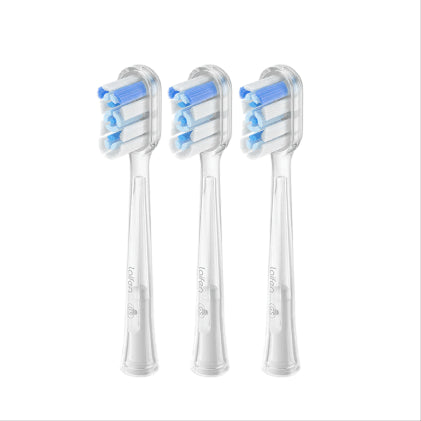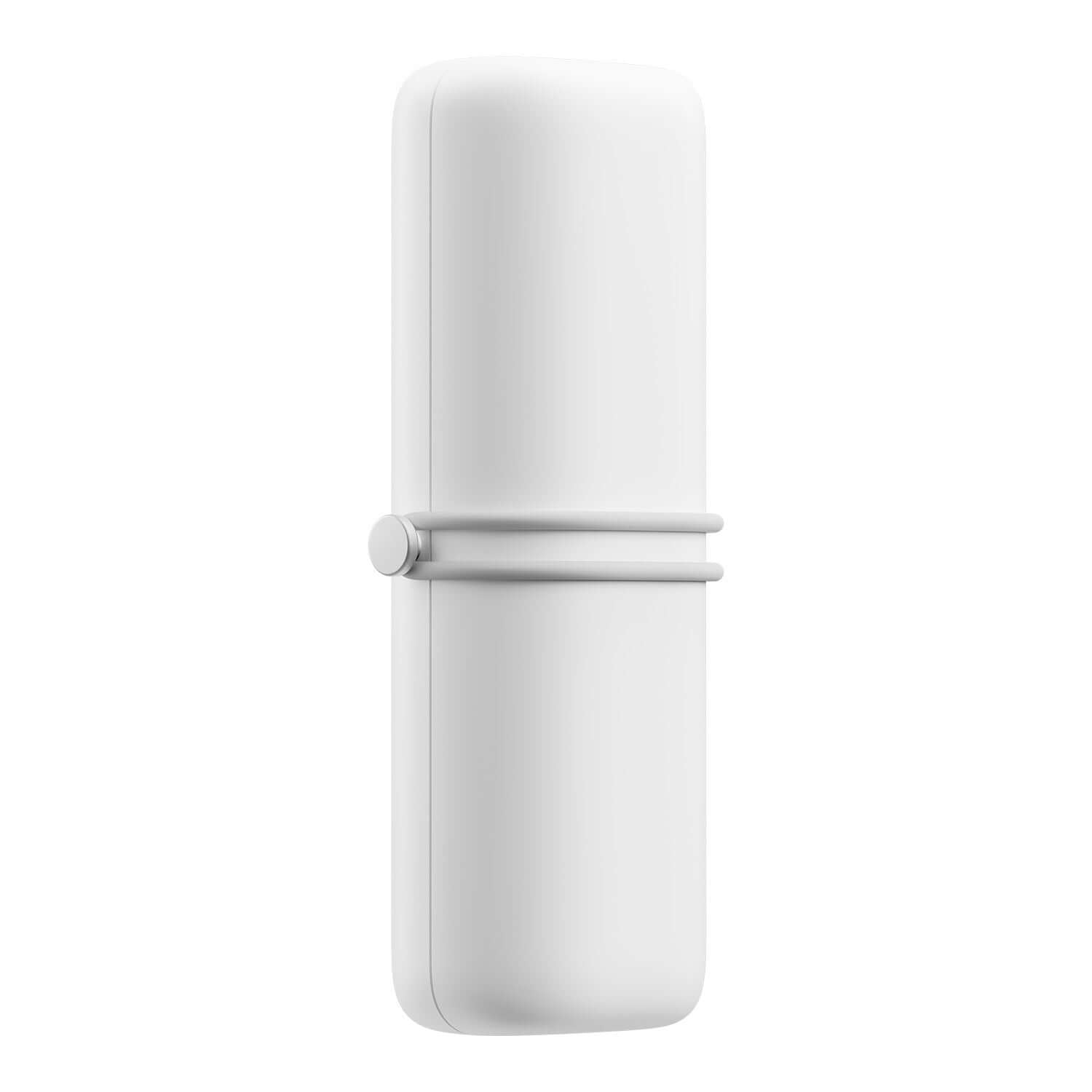
In this article
So dental floss isn't just your average string - it's like the superhero of oral hygiene! It sneaks into those tight spots between your teeth, where toothbrushes can't reach, and zaps away all the gross stuff that causes cavities and gum disease. It's super quick and easy to use, and studies show that regular flossing can reduce your risk of tooth decay and gum problems by a whopping 40%. So, grab that floss and get ready to level up your smile game!
A step-by-step guide to flossing
Step 1. You need to start with about 18 inches of dental floss. Wind most of it around your middle fingers and leave about 1-2 inches of floss to work with.
Step 2. Hold the floss tightly between your thumbs and index fingers.
Step 3. Guide the floss between your teeth and use a back-and-forth motion.
Step 4. Curve the floss into a C shape around each tooth and slide it up and down along the sides and make sure to go below the gumline.
Step 5. Use a clean section of floss for each tooth, and don't forget to floss behind your back teeth.
Step 6. Rinse your mouth after flossing.
Which is the best way to floss with braces?
When you've got braces, flossing can be a bit tricky, but it's still super important. You'll want to use a special tool called a floss threader to get the floss under the wires and between your teeth. So you need to make sure to clean all around your braces and between each tooth.
Alternatively, you can also try using an interdental brush or water flosser to help keep everything clean. And don't forget to see your dentist regularly for check-ups and cleanings to make sure your teeth stay healthy while you're wearing braces!
What is the time to floss?
The best time to floss is once a day, preferably before brushing your teeth. This helps remove plaque and food particles from between your teeth and along the gumline, and thus make thorough cleanin better oral health.
I think you can choose a time that works best for you, whether it's in the morning, evening, or after meals, and make it a daily habit to maintain optimal oral hygiene.
Main dental floss types
The main types of dental floss include:
Nylon floss: This traditional floss comes in waxed or unwaxed varieties and is made of multiple strands of nylon. It's versatile and can be used effectively for most people.
PTFE floss: Also known as "glide" floss, PTFE (polytetrafluoroethylene) floss is made of a single strand of expanded Teflon.
Dental tape: Dental tape is broader and flatter than traditional floss, which is suitable for people with wider gaps between their teeth or those who prefer a wider cleaning surface.
Super floss: Super floss consists of three components—a stiffened end, spongy middle, and regular floss end. It's designed for cleaning around braces, bridges, and implants, as well as under and around dental appliances.
Water flossers: Water flossers use a stream of pressurized water to remove plaque and debris between teeth and along the gumline. They're an excellent alternative for people with braces, sensitive gums, or those who find traditional flossing challenging.
Alternatives to floss your teeth
There are several alternatives to traditional dental floss for cleaning between your teeth and along the gumline:
Interdental brushes
These small brushes have a narrow head and bristles that can fit between teeth to remove plaque and debris. They are very useful for people with larger gaps between their teeth or dental work like bridges or implants.
Water flossers
Also known as oral irrigators, water flossers use a stream of pulsating water to clean between teeth and along the gumline. They are gentle on the gums and can be particularly beneficial for individuals with braces, implants, or sensitive gums.
Floss picks
Floss picks are disposable plastic tools with a short piece of floss stretched between two prongs. They are convenient and portable for on-the-go use and can be easier to maneuver than traditional floss for some individuals.
Wooden plaque removers
These small wooden sticks have a triangular shape and are designed to remove plaque and debris from between teeth. They are an earth-friendly alternative to plastic interdental brushes and floss picks.
Oral irrigating syringes
Similar to water flossers, oral irrigating syringes deliver a stream of water to clean between teeth and along the gumline. They are handheld devices that allow for more targeted cleaning in specific areas of the mouth.

